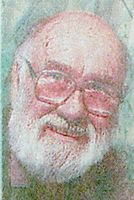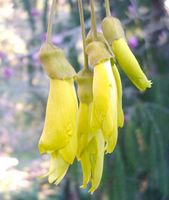
Time for new ideas!

Who know we might have a new government in New Zealand by tomorrow.
If we go ‘right’ we will go back to the past – individualism and greed; a one size fits all people plus economic Darwinism. The rich will get richer and the poor will be left to survive on their own.
If we go ‘left’ ‘we’ will have real choice.
We will either continue with ‘top down’ management for ‘our’ benefit, whether we like it or not, or develop new ideas. We have lived through an era of 'the government know best for you'. It seems that, from the recent elections, the people have had enough of this patronizing technocratic manipulation and are asking for some room for individuality and creativity.
I would be great if the Labour Party were to return to power and saw this term (perhaps their last) as a chance to show some courage and leadership and to make some dramatic changes.
There are immense pressures to preserve the status quo and politicians, and so called leaders in all organizations, seem to have a 'right to manage' others as a basic mantra. We need ‘heroic’ leadership, brave enough to give up power and free the energy of those they control, to create positive conditions and infrastructure to trust people. And, as well, leaders need to value diversity rather than standardization. It is from diversity (and often ‘mistakes’) that new creative ideas emerge.
There are good reasons for a new government to be refreshed by such basic democratic ideals. Young people are not as keen to conform to imposed restrictions, or to comply, as their elders were. They have seen their parent’s life chances deformed by such pressures. They value individuality and creativity.
And as well organizations that create positive relationships between managers, workers and customers are more successful – they appreciate the power of shared purpose and positive relationships. And successful organizations also appreciate the need to attract agile, innovative, flexible and creative employees best able to thrive in this age of dramatic change.
People want to feel part of where they work and, in turn, be able to contribute their talents to the greater benefit of the country. It is not all about personal greed as we are led to believe.
So a new government needs to break down this sense of fragmented hierarchal control and develop new integrated structures based on trusting people. This means pushing down responsibity to the community level and to value the diversity that develops.
The real task of the government is to focus on setting the direction for the county and then to enable such a vision to be realized. We need to develop a vision of New Zealnd as a creative country with creative citizens, utilizing their talents for the benefit of themselves and the common good. The two can go together.
The new government ought to spend its energy defining a new sort of democracy for the 21stC by involving citizens in a national conversation about the kind of county 'we' want to become. New ways for people to participate need to be thought of; new ideas for expanding the role of local government; and new idea how to involve schools in such a revival, need to be considered.
Recent governments, and their associated organizations ( along with many traditional business organizations), have spent far too much time containing rather than liberating people; it has been too much about control and compliance based on a basic mistrust of people.
A new government could inspire new assumptions about human nature and in the process develop a positive image of New Zealand as a creative country, a leader in both intellectual freedom and the common good of caring for all its citizens and the environment
A revolution in democracy - or more of the same?










